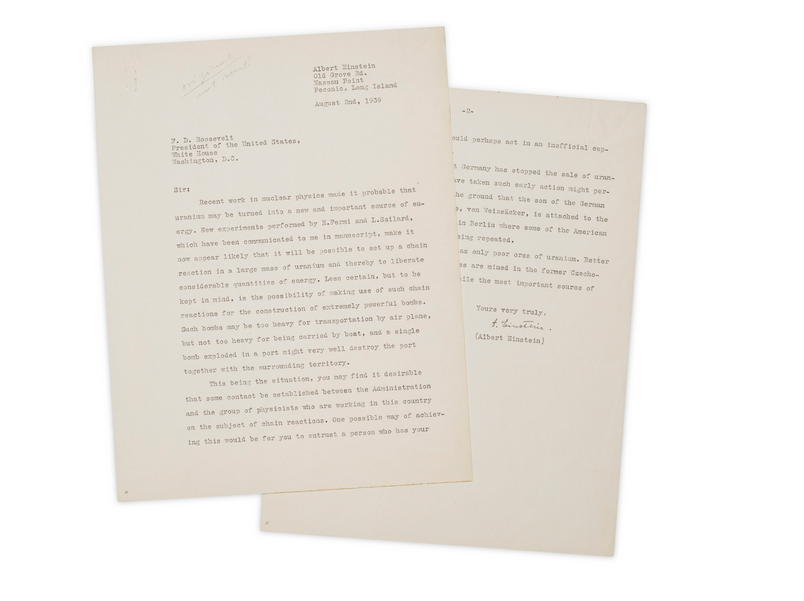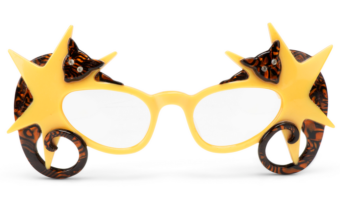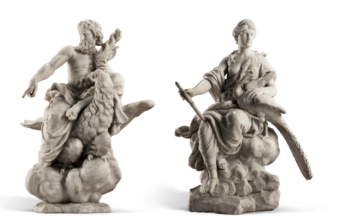A letter from physicist Albert Einstein warning US President Franklin D Roosevelt of the dangers of nuclear weapons has been auctioned in New York for just short of $4 million.
The letter is one of the star items in a series of sales from the Paul Allen collection.
Christie’s are hosting the themed sales of the Microsoft founder’s collections in sci-fi art, pioneering computer tech, and the history of science.
The letter was written at the behest of Leo Sizlard, a physicist, who enlisted Einstein to complete the warning and add his signature.
During the writing two versions of the correspondence were typed out.
One was sent to FDR and is now in his presidential library. This version is a draft on which Sizlard wrote “original, not sent”.
In it, the physicists warn of the prospect of “extremely powerful bombs” coming from cutting edge nuclear research, and urge the President to take note of work on nuclear chain reactions in Nazi Germany.
It’s likely the letter was one of the main drivers for the US’s development of nuclear weapons via the Manhattan Project.
It was sold in New York on Tuesday, 10th September.
An opening bid of $2.5 million was soon topped and, with fees, the final price is $3.9 million (a fraction under the $4 million low estimate).
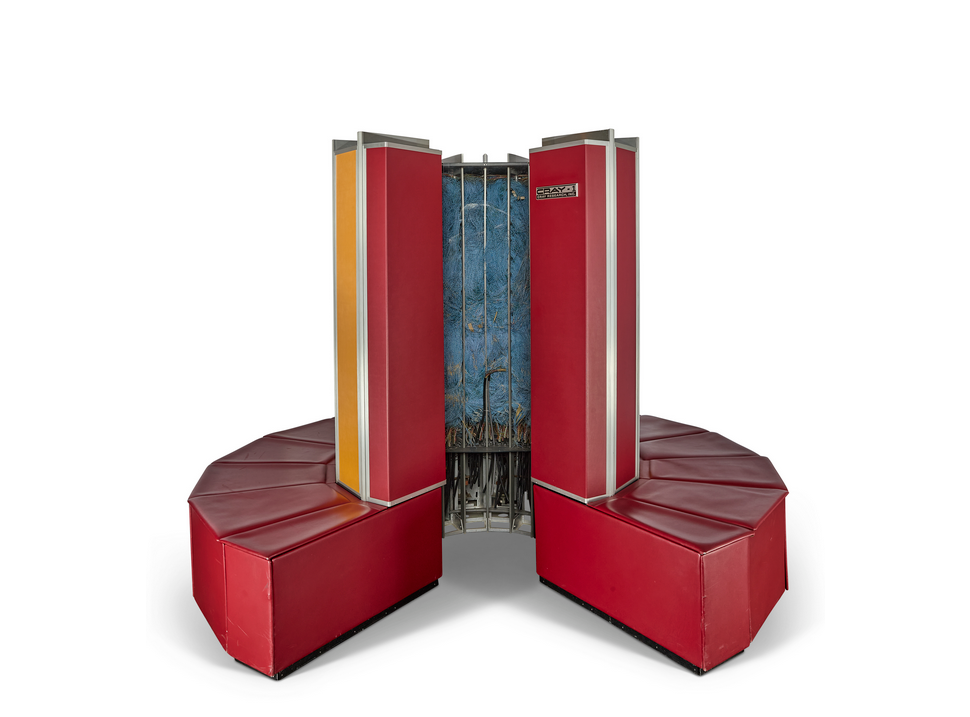
A Cray supercomputer, big enough to need seating, went for four times its estimate. Image courtesy Christie’s.
Many items in the sale did exceed their estimates.
A Cray-1 supercomputer realised $1.0 million against a high estimate of $250,000; an Apple 1 made $945,000 (high estimate $800,000), and a four-rotor Enigma coding machine made over $700,000, doubling its $350,000 top estimate.
Yesterday – though the sales are not yet fully confirmed – prices for landmark computers in the Firsts sale were also high.
Another Apple – a Lisa 1 Microcomputer from 1983 – realised $945,000.
Its estimate was $20,000 to $30,000.
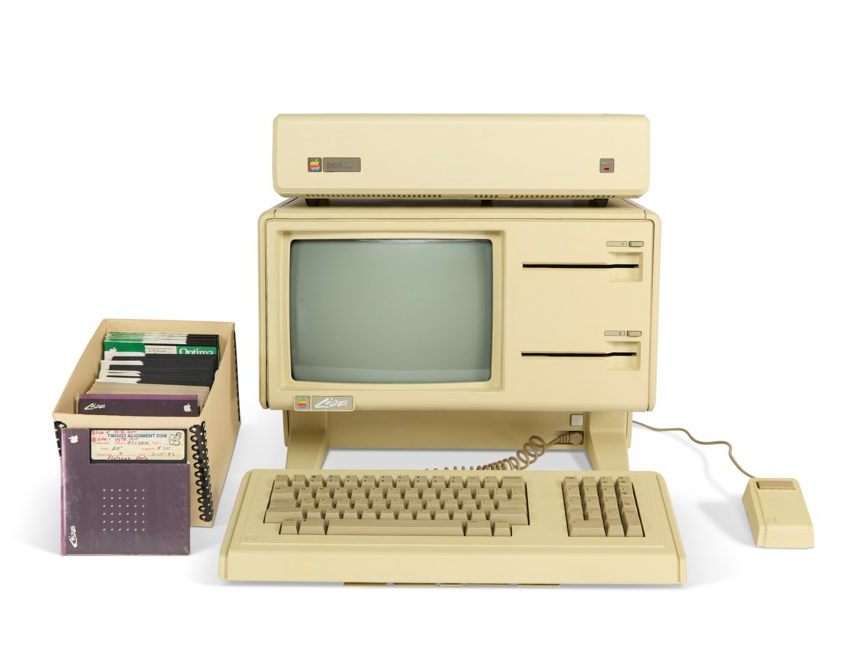
The Apple Lisa was one of the first machines to use a mouse to point at images on screen. Image courtesy Christie’s.
Lisas were Apple’s first and perhaps most notable failure. Its thought only around 30 to 100 of the machines, that were aimed at business users, exist.
Although they were too expensive to sell well in their first flush, Lisas (possibly named for Steve Jobs’ then unrecognised daughter) are now considered a breakthrough.
They were the first computer with a Graphical User Interface (a GUI) of the sort that almost every personal device now uses.
The extraordinary price of this machine shows huge growth in collecting early computers and the difficulty of pricing them.
Anyone whose family was interested in computing’s early days should certainly check lofts for old machines.







